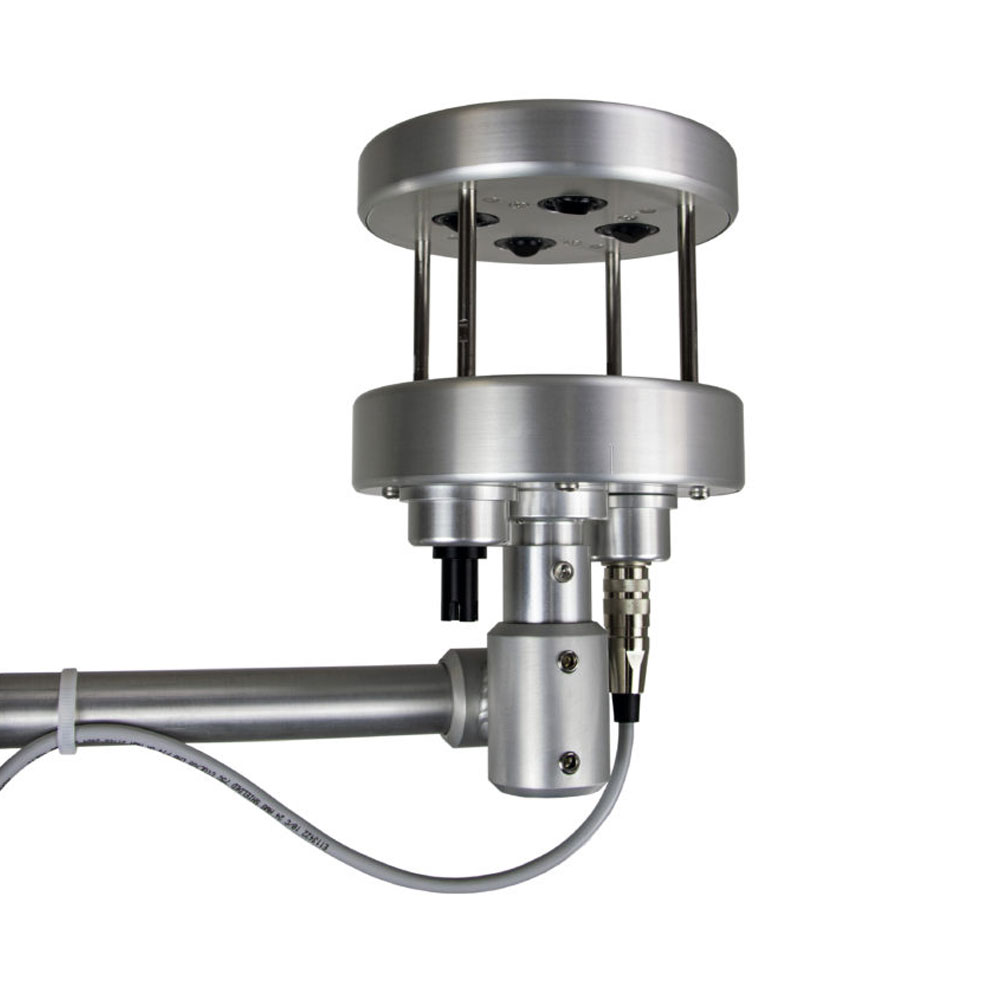Understanding Different Kinds Of Anemometers for Numerous Applications
All You Need to Find Out About Anemometers: Exactly How They Work, Why They Issue, and Where to Make use of Them
Anemometers, however usually ignored in the realm of scientific tools, play an important duty in different areas, providing important understandings right into wind speed and air movement patterns. Recognizing the auto mechanics behind these devices is vital for any individual looking for to harness the power of this data. From meteorologists tracking weather condition patterns to engineers making structures with wind tons in mind, the applications of anemometers are far-ranging and diverse. As we look into the ins and outs of anemometer innovation, we will certainly reveal the inner operations of these devices, their importance, and the essential considerations when choosing the ideal anemometer for specific applications.

Anemometer Basics
An important tool utilized to measure wind rate and instructions, the anemometer plays an essential duty in weather forecasting and different sectors. An anemometer commonly is composed of three or four mugs that rotate in the wind, a vane that directs right into the wind, and sensing units to track the turnings or motions.
There are different types of anemometers offered, consisting of cup anemometers, vane anemometers, hot-wire anemometers, and sonic anemometers, each with its one-of-a-kind features and applications. Mug anemometers are commonly utilized for basic wind rate dimensions, while vane anemometers are liked for directional dimensions.
Concepts of Anemometer Operation
Structure on the fundamental understanding of anemometer fundamentals, the concepts of anemometer operation elucidate the auto mechanics behind wind speed and direction dimensions. Mug anemometers, for circumstances, have three or more mugs that catch the wind, causing them to rotate faster as the wind speed increases. Hot-wire anemometers count on a heated cable that cools down as wind passes over it, with the price of cooling down identifying the wind rate.
Importance of Anemometers
The importance of anemometers in weather forecasting and various industries can not be overemphasized. Anemometers play a crucial function in gauging wind rate and instructions, providing important information for weather condition forecasting, environment research studies, ecological surveillance, and aviation procedures. Meteorologists depend on anemometers to gather accurate wind information, aiding them comprehend climate patterns, predict tornados, and problem timely warnings to the public. In markets such as building, farming, renewable resource, and maritime operations, anemometers are made use of to optimize processes, make sure security, and boost performance. Wind ranch operators use anemometers to evaluate wind conditions and maximize electrical energy manufacturing from wind generators. In the maritime sector, anemometers help ship navigating by offering real-time wind view info to captains, assisting them make educated decisions to ensure safe voyages. Generally, anemometers are important tools that contribute dramatically to security, effectiveness, and informed decision-making in weather forecasting and a large range of markets.
Applications Throughout Various Industries
In the renewable power field, anemometers play an important function in assessing wind problems for wind ranch placements, making certain ideal energy production. Industries like building and mining use anemometers to check wind rates, important for safety and security protocols, specifically when working at elevations or in open-pit mines where strong winds can position risks. In farming, anemometers help farmers in taking care of plant splashing by giving real-time data on wind rate to avoid drift.

Picking the Right Anemometer for Your Demands
For general objectives, a cup anemometer is ideal for gauging wind speed, while a vane anemometer offers wind instructions data. Hot-wire anemometers are excellent for low airspeed dimensions, and ultrasonic anemometers supply high precision and toughness.

Conclusion
In verdict, anemometers play an important duty in gauging wind speed and direction throughout different industries. It is essential to think about the relevance of anemometers in order to make enlightened decisions when picking the most suitable device for determining wind problems.
There are numerous kinds of anemometers offered, including mug anemometers, vane you could look here anemometers, hot-wire anemometers, and sonic anemometers, each with its distinct features and applications. Cup anemometers are commonly made use of for standard wind speed measurements, while vane anemometers are favored for directional measurements. Hot-wire anemometers are suitable for reduced airspeeds, and sonic anemometers are perfect for high-precision measurements in study and industrial setups.Building on the fundamental understanding of anemometer essentials, the concepts of anemometer operation clarify the mechanics behind wind speed and direction dimensions. For basic objectives, a cup anemometer is ideal for determining wind rate, while a vane anemometer gives wind instructions information.